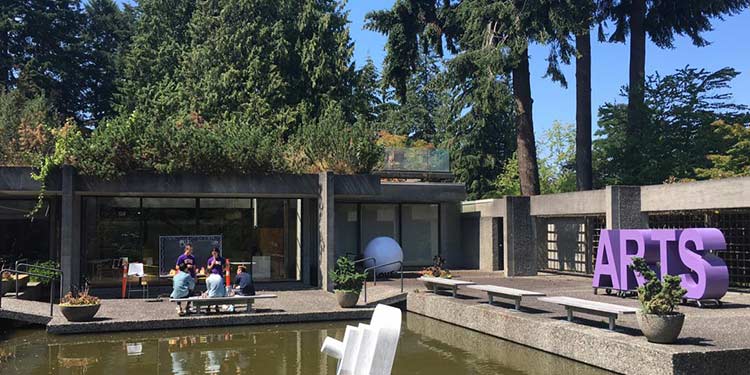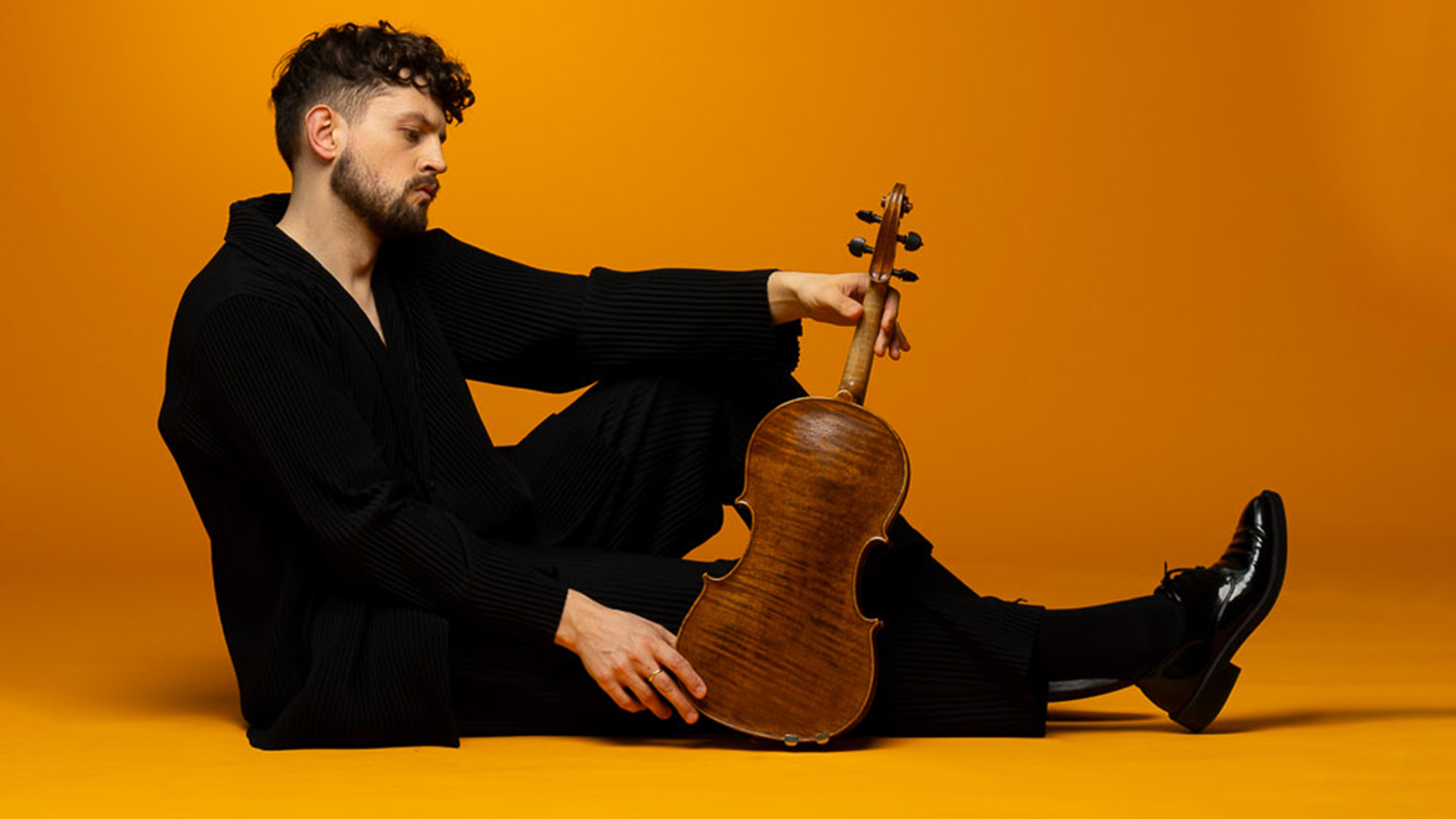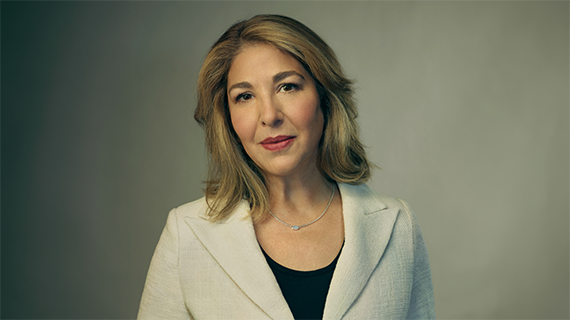

By Alan Han
Are you a prospective first-year Arts student? Does the thought of building your own timetable and sitting in large lecture halls filled with hundreds of students fill you with dread and terror? Here are two alternatives that offer smaller classes, interdisciplinary coursework, and an opportunity for first-year students to work directly with faculty and gain research experience.
Arts One
Enjoy literature, philosophy, and history? Interested in experiencing five different teaching styles within one course? If you think university learning should be about discussing thought-provoking and controversial topics in an intimate seminar group of 20 students, Arts One is the place for you.
“I took Arts One with (Christina) Hendricks. Small seminars with bright students and a cool professor taught me not just what to think, but how,” said Miriam Sabzevari, Arts One alum.
First-year students register to be part of either Group A or Group B based on their interests. This upcoming year, Group A will be examining the theme of “Dangerous Questions, Forbidden Knowledge”, while Group B will focus on the theme “Monsters in Ink”.
Kelsey Croft, Arts One alum who studied the theme “Borderlines”, found the workload grueling but rewarding.
“After reading a book a week and writing an essay once every two weeks for a full year, I can handle anything that university throws at me, because I’ve done it before,” said Croft.
For requirements, course information, and how to register, check the Arts One website.
Coordinated Arts Program (CAP)
CAP is tailored for first-year students with diverse interests in the social sciences and humanities. Students select a theme of study, and explore a myriad of integrated courses alongside approximately 100 other first-years.
The themes (also known as “CAP streams”) offered from Sept 2011 to April 2012 are: Global Citizens, Individual and Society, Law and Society, New Media and Society, PPE (Philosophy, Political Science, Economics), and Popular Culture.
“I loved it because of the small group experience; you knew there were the same people in your classes with whom you could discuss your assignments, readings and lecture material,” said Aaron Lao, a CAP alumnus who chose the Global Citizens stream. “There’s definitely a support network with CAP that you can’t get with the traditional build-it-yourself timetable.”
Urooba Jamal, a current New Media and Society student, enjoys the program for its interdisciplinary nature, and the opportunity to take classes that are not usually offered for first-years or undergraduates.
“I’m considering a career in journalism, and taking this stream is one of the only ways to take a Journalism class in one’s undergrad years,” said Jamal. “Having professors who are experts on the changing landscape of this career field has been nothing short of insightful.”
Lao agrees that the professors are best able to interact with students due to the small class sizes.
“The instructors are very attuned to students’ needs, and are able to respond to them because the small classes allows them to know us individually. Many of the insecurities I had in first year were addressed because of CAP,” said Lao.
One of the highlights of the CAP program is an academic student conference held at the end of the year, where first-year students are invited to present their research projects and papers to their peers, faculty, and members of the public.
For requirements, course information, and how to register, check the CAP website.


